In what became known as the Louisiana Purchase, the President’s representatives in Paris had bargained successfully with Napoleon’s bureaucrats not only to buy the port of New Orleans, then the keystone of the continent, but also to acquire, at three cents an acre, an area extending from the Mississippi River to . . . where? No one knew until Meriwether Lewis stood at the crest of the Rocky Mountains at a place known today as Lemhi Pass, on 12 August 1805.
Related Pages
The Louisiana Purchase
by Pierce Mullen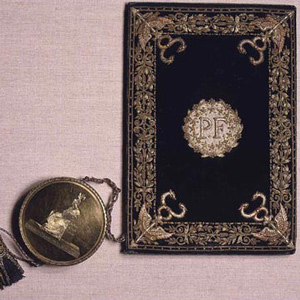

Easter week in Paris, 1803, was truly momentous for the young United States of America. The American Minister to France, Robert R. Livingston was sent to discuss the difficult question of New Orleans, the Mississippi and Franco-American relations.
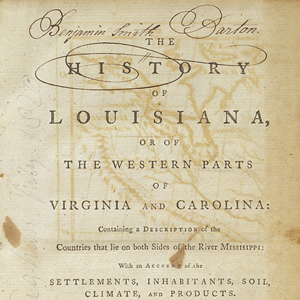

What was it about du Pratz’s History of Louisiana that so interested Lewis? The book not only provided geographical information, it was the model that Lewis and Clark were to follow when reporting to President Jefferson.
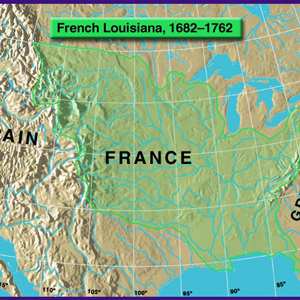

It begins 14,000 years ago with Indian occupancy of the lower Mississippi Valley. La Salle comes in 1682 claiming it for France.
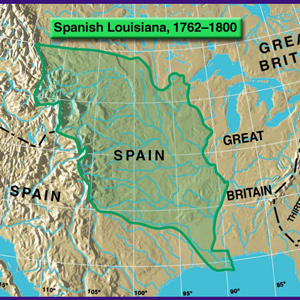

On 9 April 1682, René La Salle, claimed “possession of this country of Louisiana.” Thus, without any belligerent confrontations began the decline of one already ancient meta-culture, and the rise of a succession of new empires.
Louisiana Purchase Timeline
From the primary sources
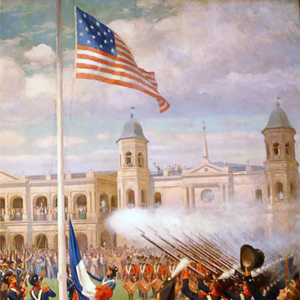

The Lewis and Clark Expedition was woven into the tapestry of one of the most significant events in the history of the United States of America—the Louisiana Purchase. This timeline details the significant events with excerpts from—and hyperlinks to—the primary sources.
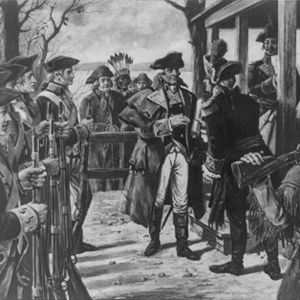

In 1804 and in the presence of the Lewis and Clark expedition the little village, built and designed to be an outpost of the fur trade, shed its ambiguous Spanish-French parentage and took on full American citizenship.
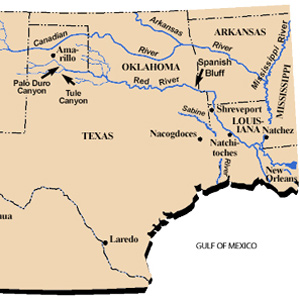

Narrated in both English and Spanish, Daniel Flores tells the story of a parallel, southern exploration now nearly forgotten.
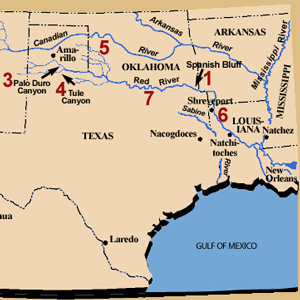

Narrado tanto en inglés como en español, Daniel Flores narra la historia de una exploración paralela y sureña ahora casi olvidada.
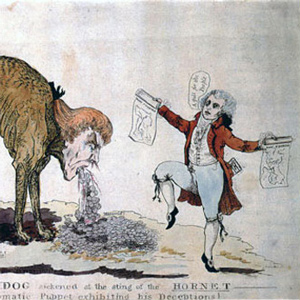

Determining the extent of the upper Missouri watershed was the single most important task Lewis and Clark faced. Their search for the westernmost source of the Jefferson River nearly cost them their lives.
